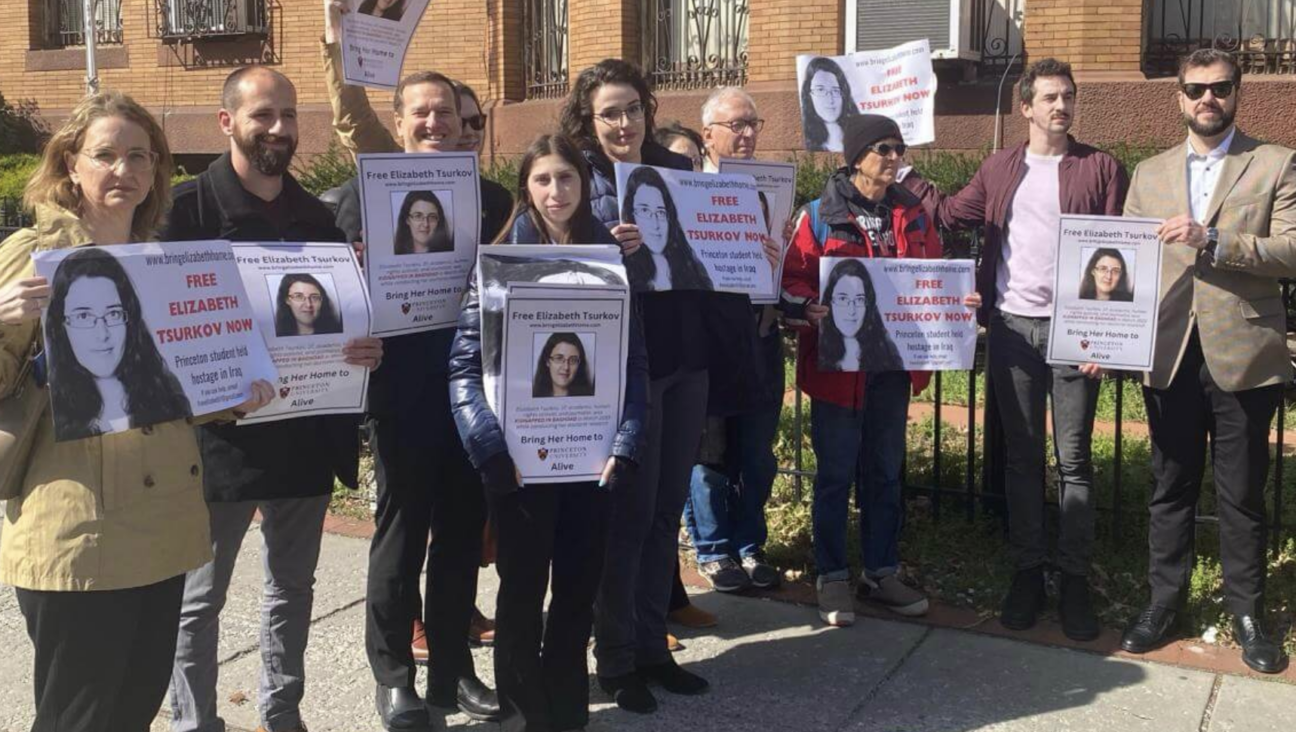Order Emerges From the Chaos of the Primaries
For a while there it looked as if the Democratic Party was committing suicide on television. A dozen or so aspirants repeatedly made public appearances during which they assailed one another with words that could come back to haunt their party’s ultimate candidate for president.
The format in which they appeared encouraged such a bloody intra-mural war. An aspirant was asked to state a position, and then the others on the panel were asked to comment. If everyone present shook his or her (there was one woman, the former Senator from Illinois) head in agreement, the show would be dull and the public would wonder why, if they were all in agreement, they were running against each other at all. If they were as alike as peas in a pod, it really made no difference who won, and the voters might as well stay home. So, understandably, each aspirant took advantage of the opening to get some airtime and to tear down any and all opponents.
For the general public, the “debates” might have been interesting and, occasionally, even amusing. But the subject matter was limited: It consisted of where candidates stand and, occasionally, where they had stood in the past, on certain issues. So far as the listeners were concerned, however, there was also a vital, although not publicly debated question, as to who was most electable. For instance: The real dyed-in-the-wool liberals in the Democratic Party might well have found that Rep. Dennis Kucinich of Ohio had the most solid and sensible positions. But very few thought that he was “electable.” Even the liberals who identify with his programmatic positions feared that he might be “too liberal” and too unknown for the moment.
As far as most Democratic voters were concerned, they favored ABB — Anybody But Bush. So, the overriding matter was who could win the most popular approval.
The polls were supposed to provide the answer to that question: A front-runner in the polls should be the most electable. And, for a long while, it appeared that Howard Dean was “it.”
But a poll is not an election. The real test as to who might be most electable would come when the voice of the people sounded, as it did, starting with Iowa. After that first test, candidates began to withdraw. Among the first to do so was Dick Gephardt, leader of the Democratic delegation in the House of Representatives for many years. Then came Democratic Senator Joseph Lieberman.
Two aspirants who got little attention in the opening days, Senators John Kerry of Massachusetts and John Edwards of North Carolina, began to emerge as front-runners.
The test of “electability” was now emerging as a way to determine who is most “electable” and, therefore, most likely to be the candidate.
As of this writing, it appears that Kerry and Edwards are likely to be the front-runners. And, it may very well be that the final ticket will carry the names of both — one as president and the other as vice president. Which is which, of course, is still an open question.
But, as in the story of creation, out of “chaos” emerged “order.” In the final analysis, the time-honored policy of “let the people decide” is proving to be the instrument through which what started as a “mess” became the process for delivering a “message.”
A message from our Publisher & CEO Rachel Fishman Feddersen

I hope you appreciated this article. Before you go, I’d like to ask you to please support the Forward’s award-winning, nonprofit journalism so that we can be prepared for whatever news 2025 brings.
At a time when other newsrooms are closing or cutting back, the Forward has removed its paywall and invested additional resources to report on the ground from Israel and around the U.S. on the impact of the war, rising antisemitism and polarized discourse.
Readers like you make it all possible. Support our work by becoming a Forward Member and connect with our journalism and your community.
— Rachel Fishman Feddersen, Publisher and CEO






















